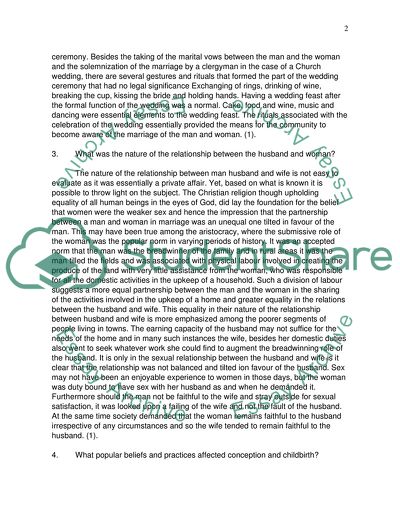Cite this document
(Family in Europe History Assignment Example | Topics and Well Written Essays - 1750 words, n.d.)
Family in Europe History Assignment Example | Topics and Well Written Essays - 1750 words. https://studentshare.org/culture/1716072-family-in-europe-history
Family in Europe History Assignment Example | Topics and Well Written Essays - 1750 words. https://studentshare.org/culture/1716072-family-in-europe-history
(Family in Europe History Assignment Example | Topics and Well Written Essays - 1750 Words)
Family in Europe History Assignment Example | Topics and Well Written Essays - 1750 Words. https://studentshare.org/culture/1716072-family-in-europe-history.
Family in Europe History Assignment Example | Topics and Well Written Essays - 1750 Words. https://studentshare.org/culture/1716072-family-in-europe-history.
“Family in Europe History Assignment Example | Topics and Well Written Essays - 1750 Words”. https://studentshare.org/culture/1716072-family-in-europe-history.


